Ancient Persian Achaemenid Boy in Traditional Garb
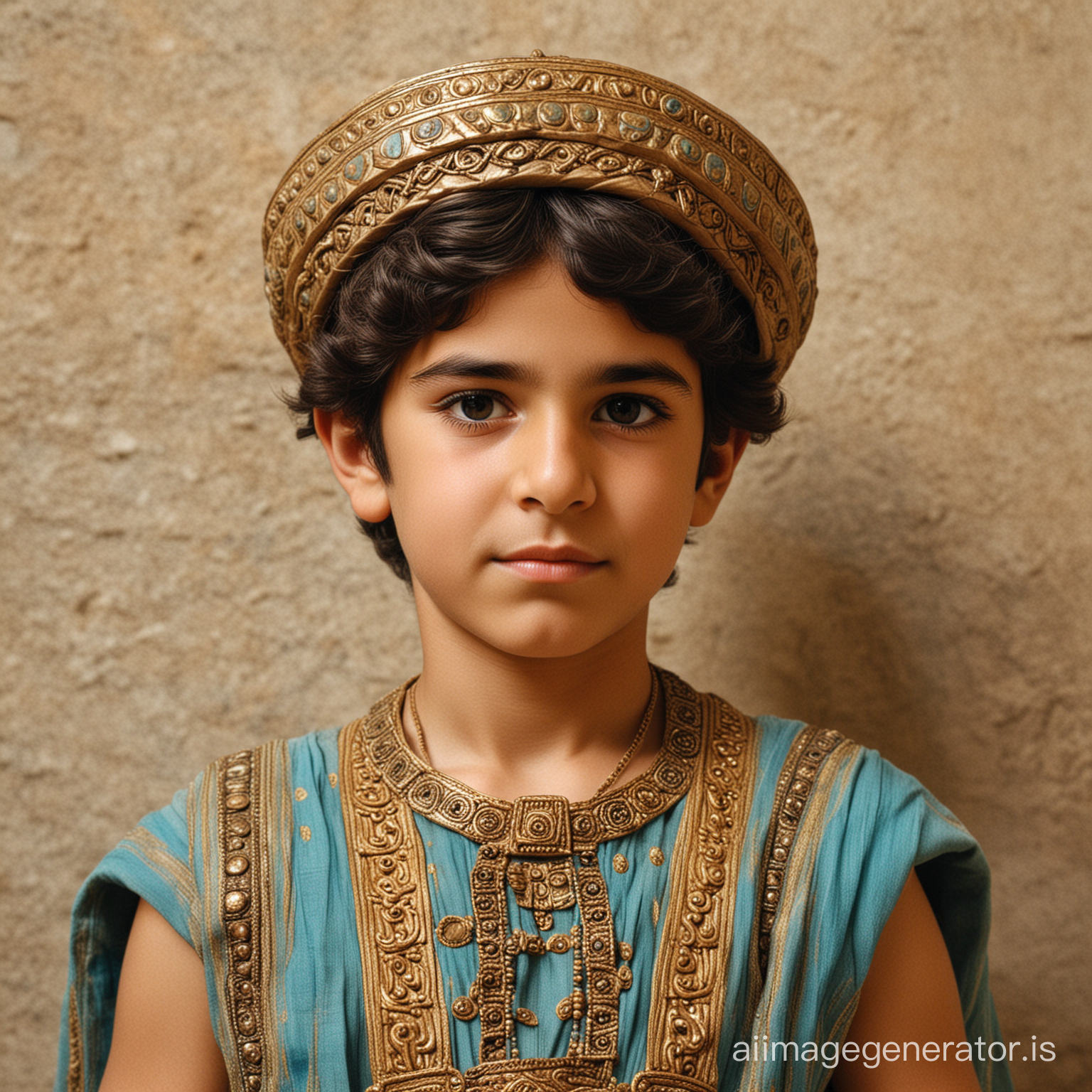
Image Prompt
Prompt
Ancient persian achamaenid boy with achamaenid dress
Model: realistic
Ratio: 1:1
Related AI Images
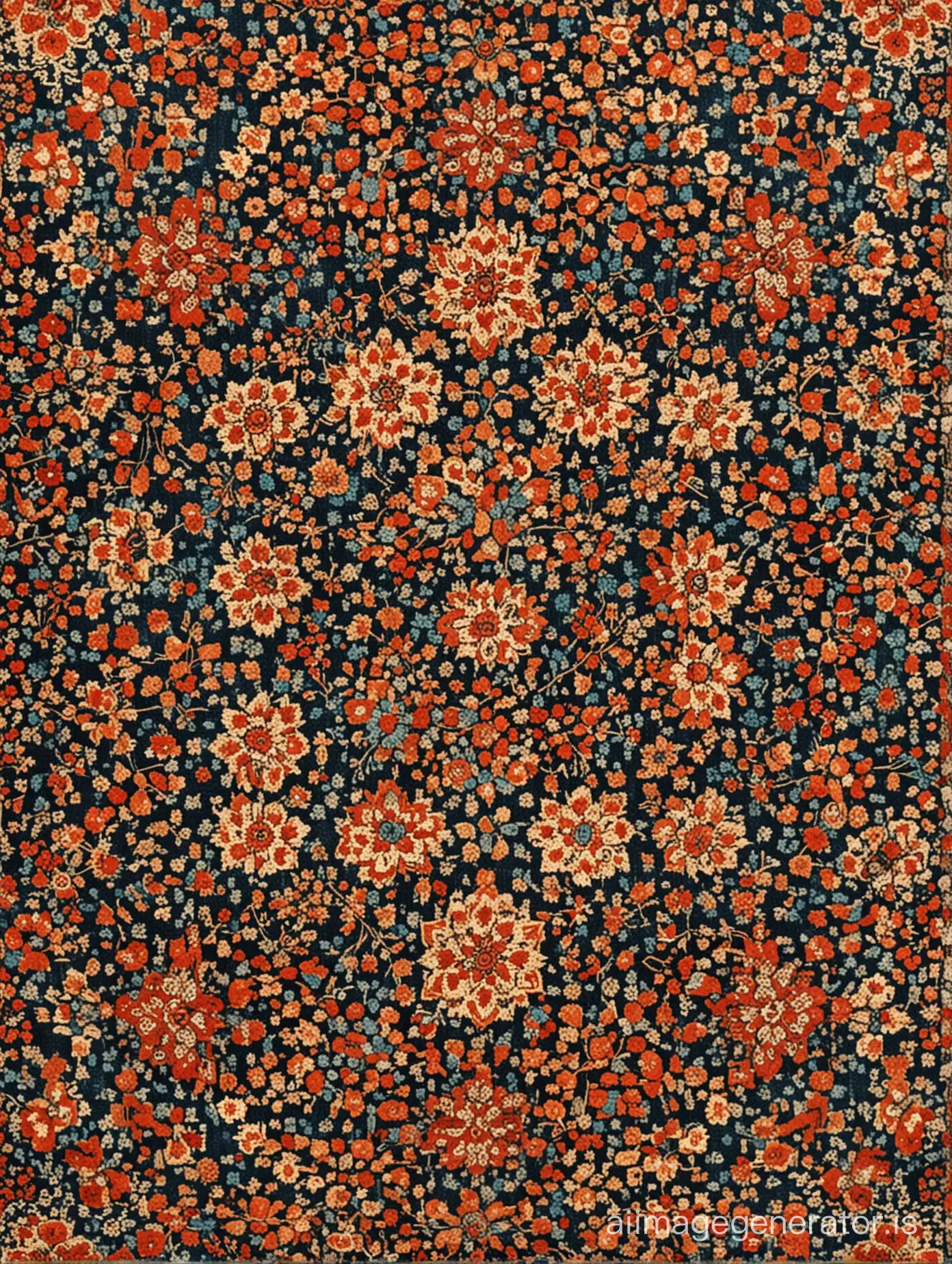
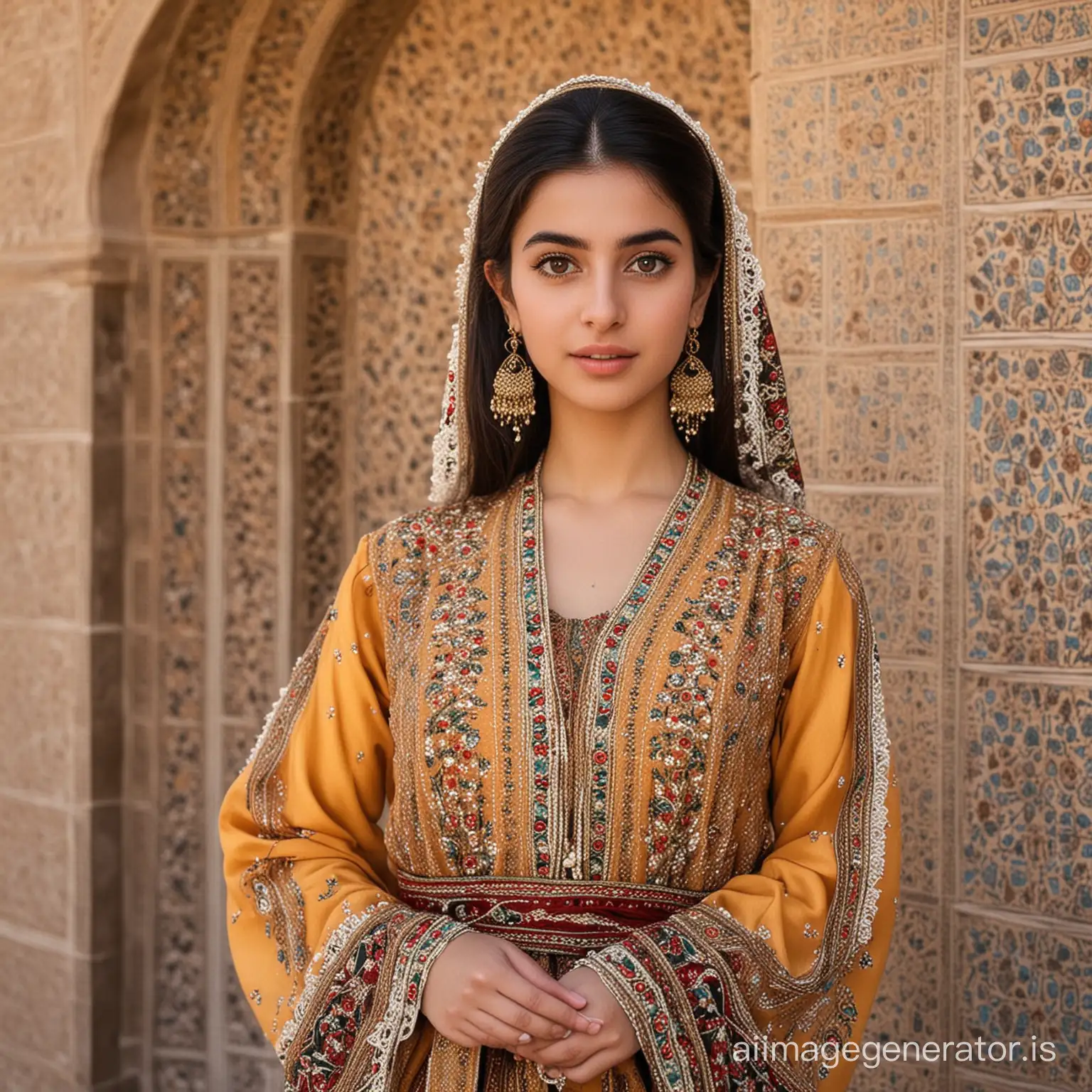
R
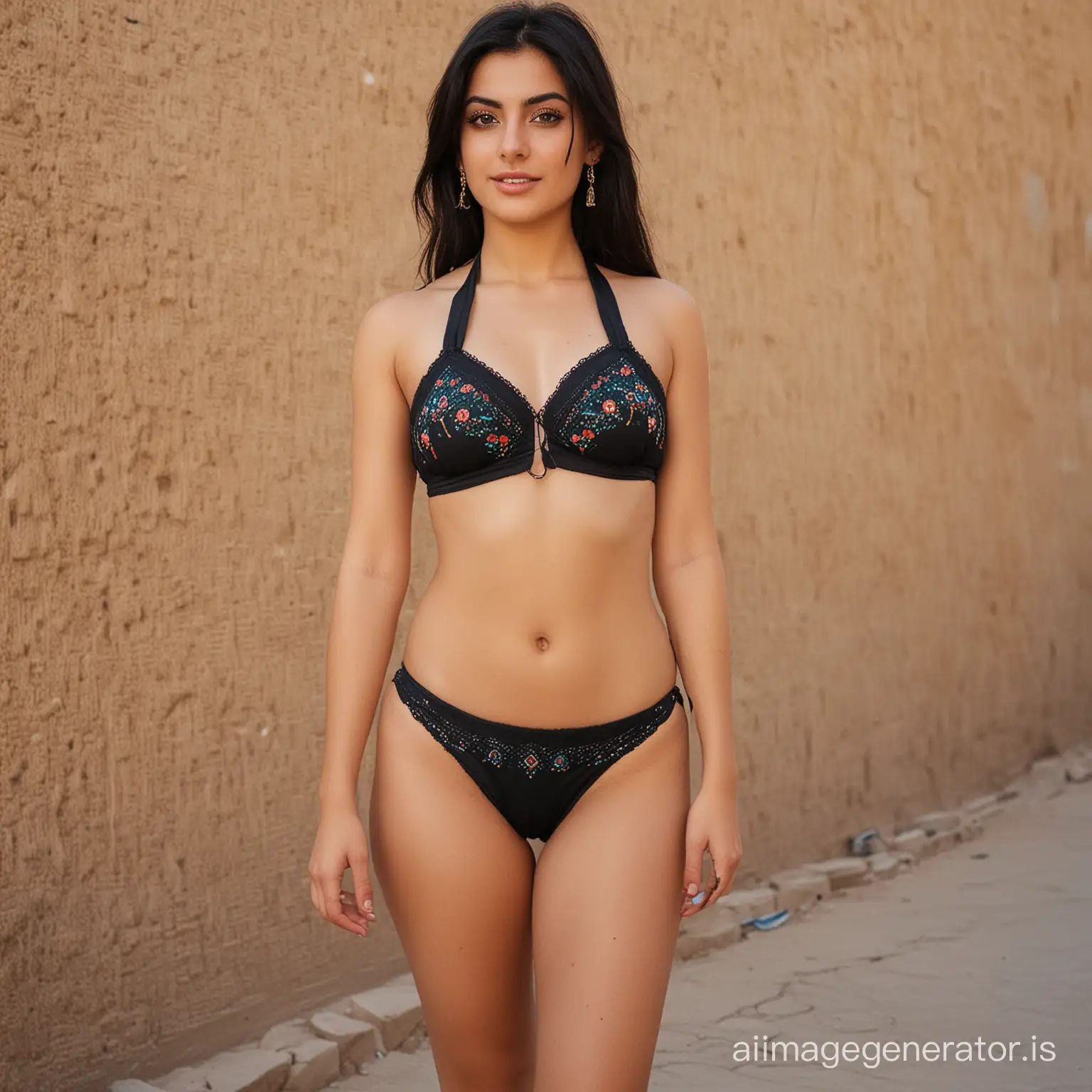
R
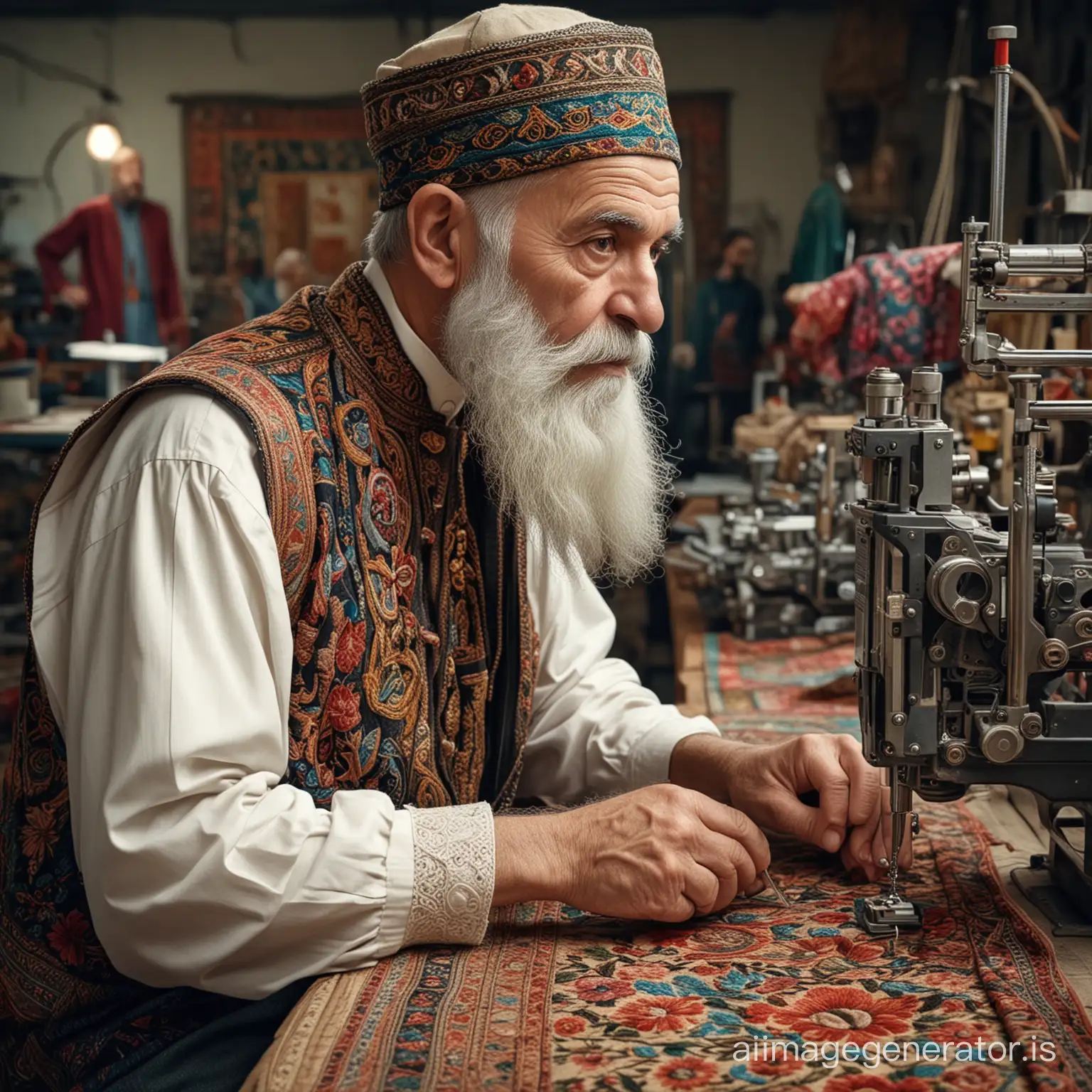
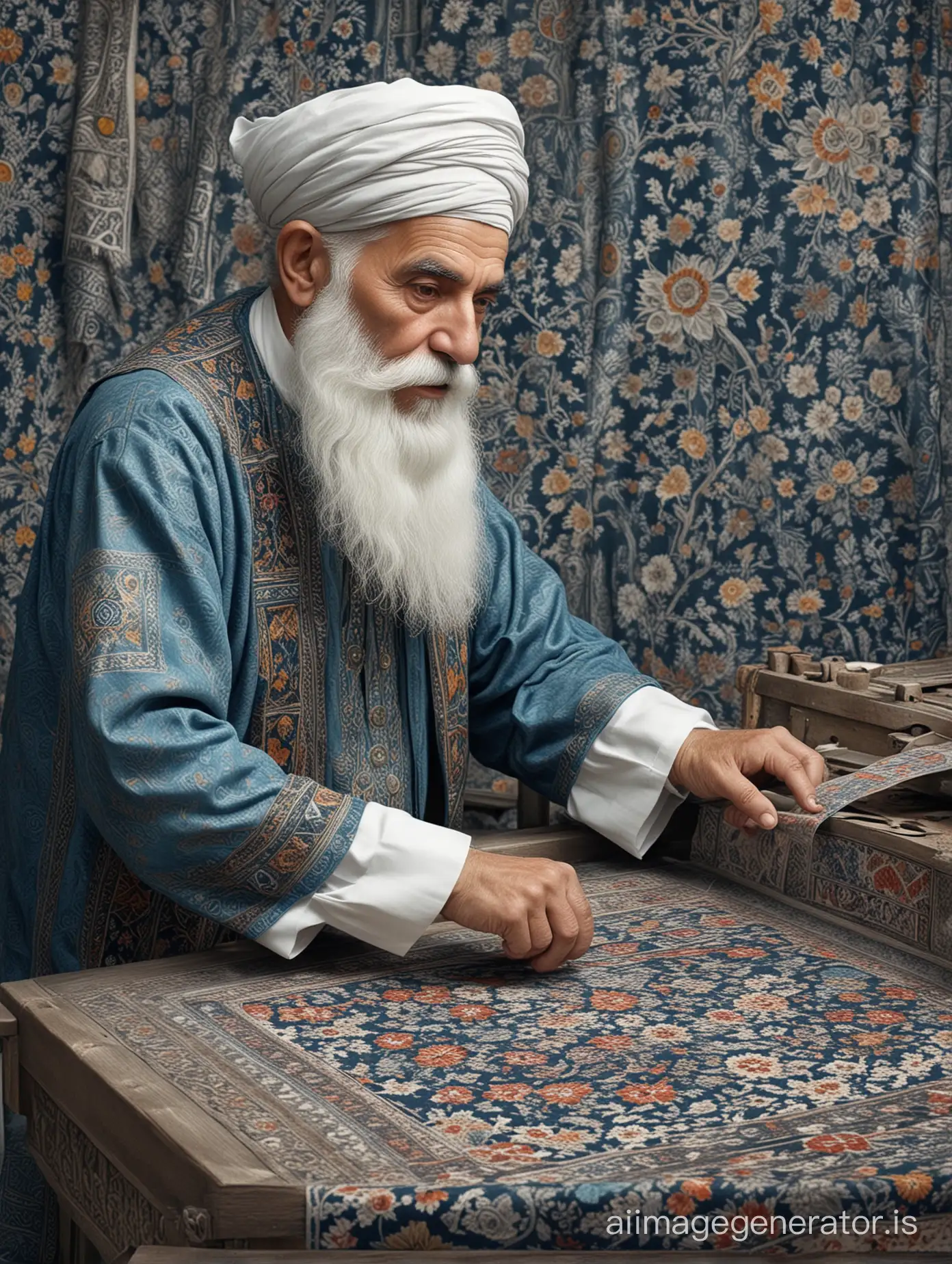
R
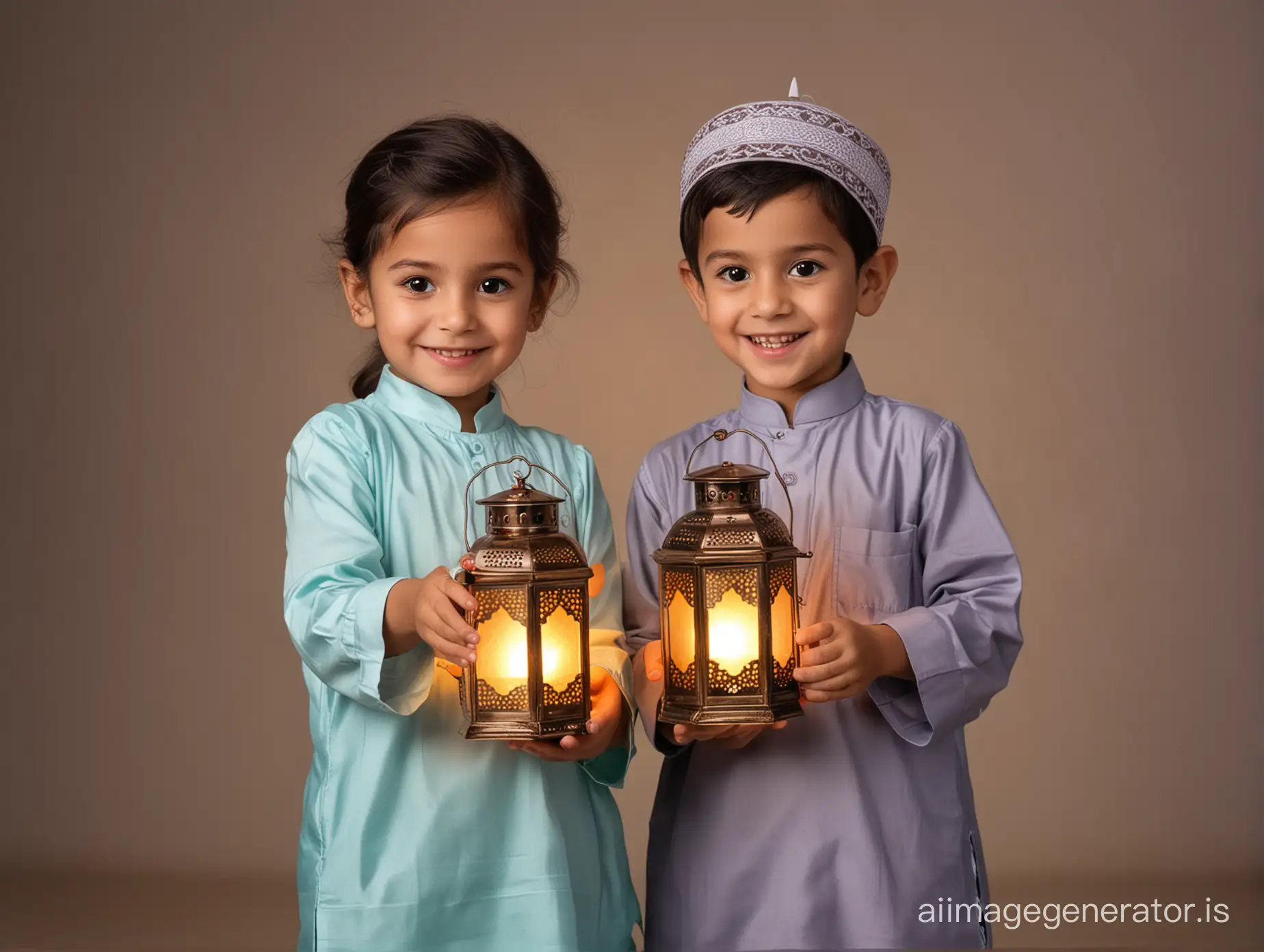
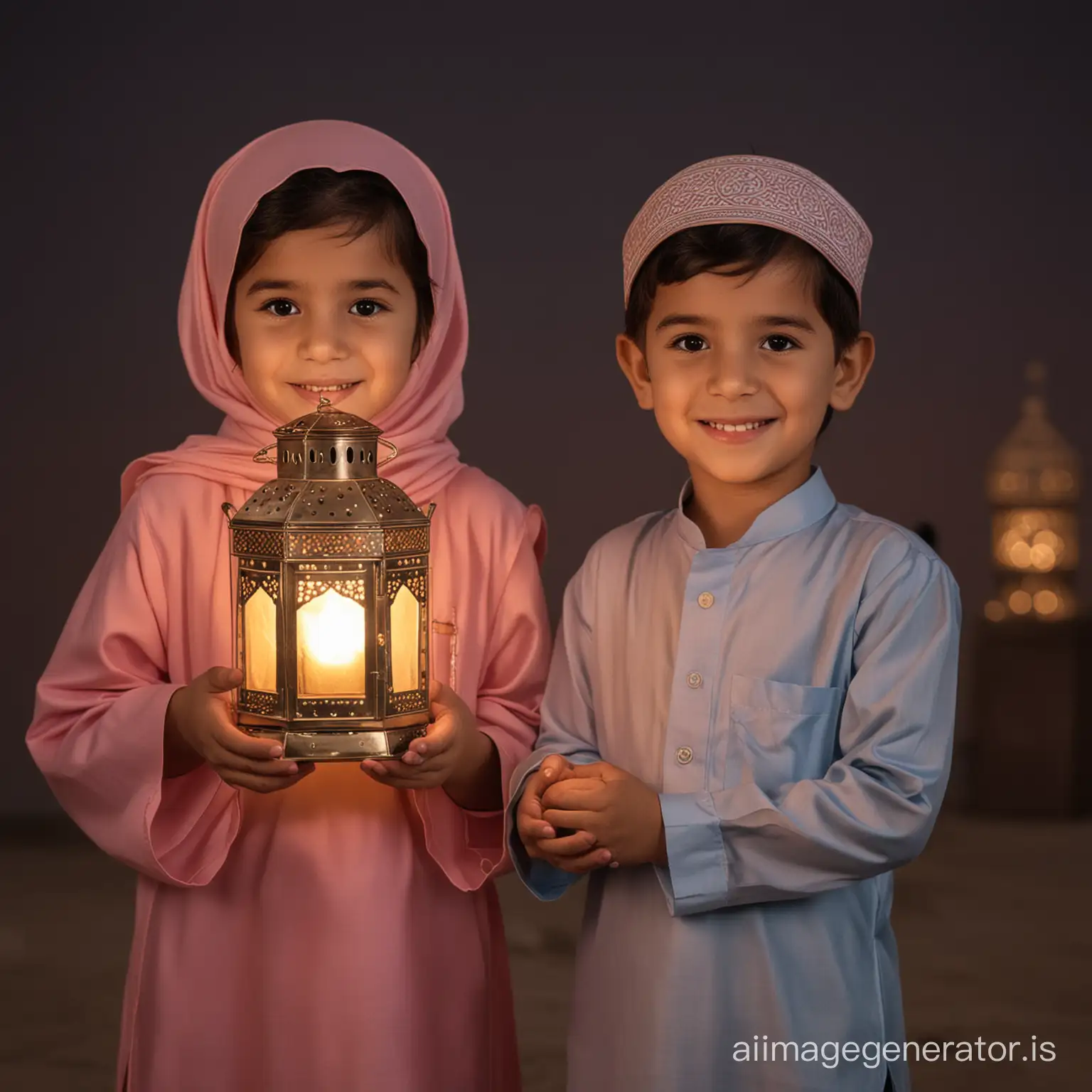
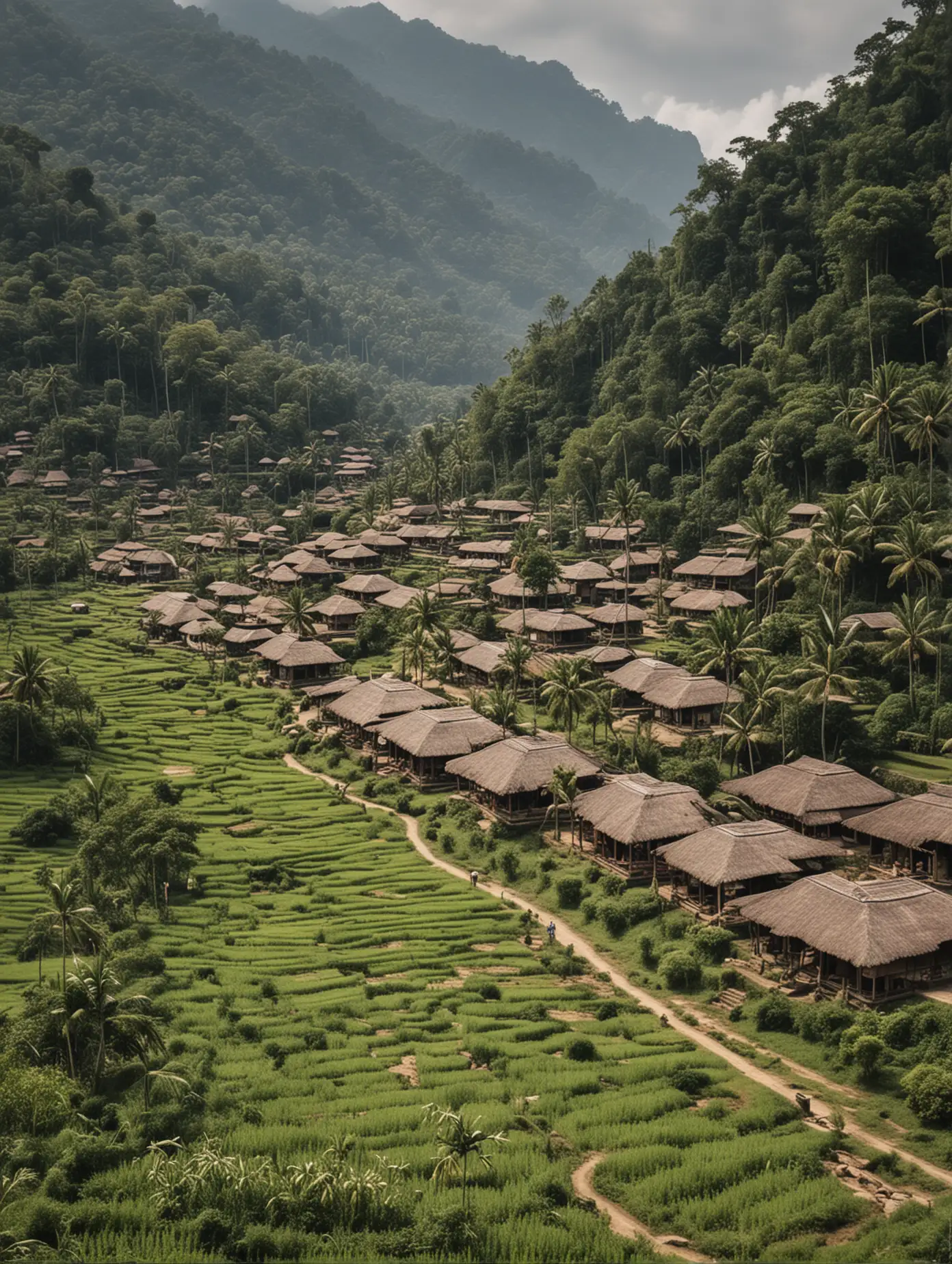
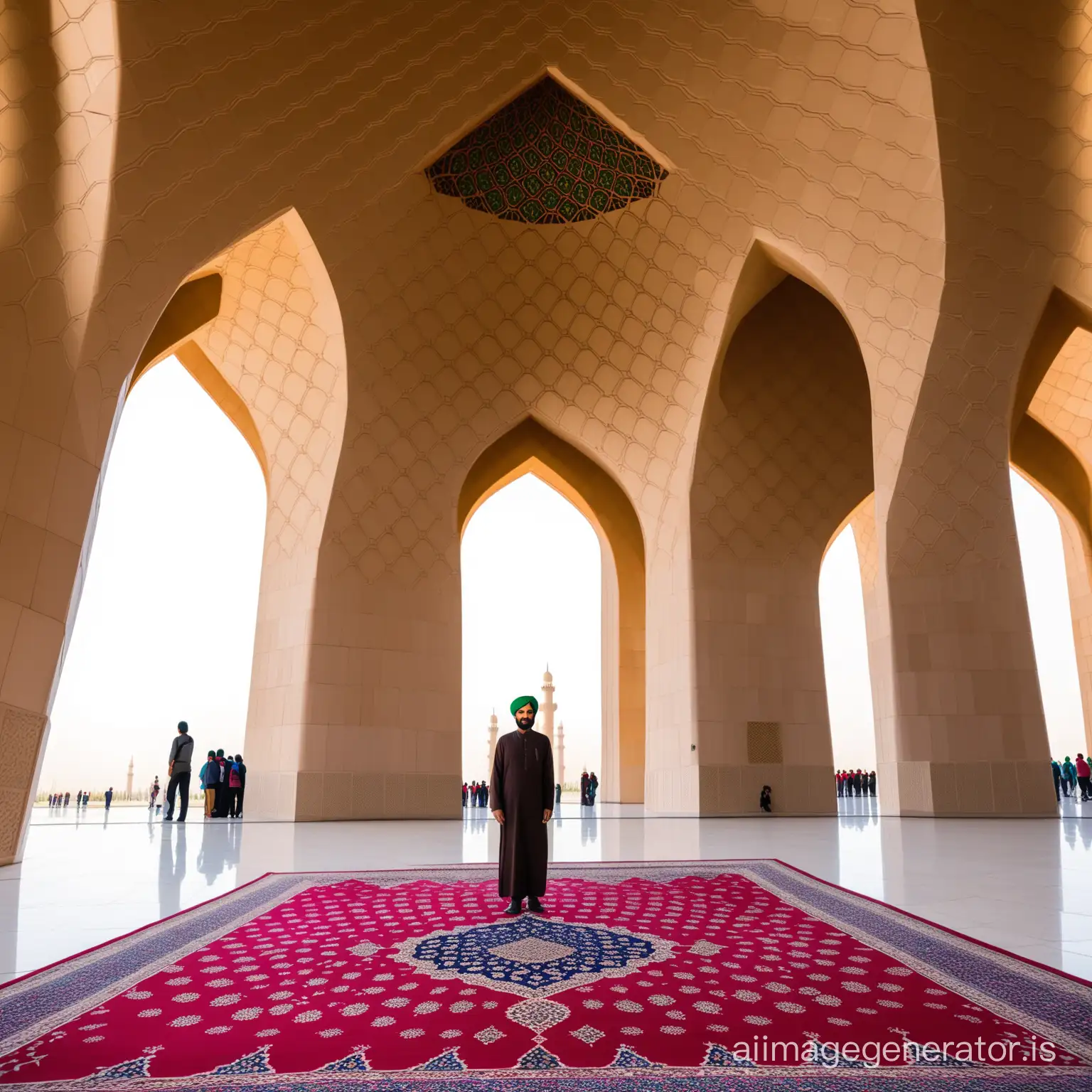
Related Tags
Prompt Analyze
- Subject: The focal point of the image is an Achaemenid boy, indicating a historical setting likely depicting ancient Persian culture. The boy is likely to be portrayed in a dignified and culturally accurate manner, wearing traditional Achaemenid clothing, which typically includes elaborate tunics, trousers, and often a distinctive headdress such as a tiara or a soft cap adorned with jewels. The clothing may feature intricate patterns and designs, reflecting the craftsmanship of the time. The boy's posture and expression might convey aspects of daily life or social status common in ancient Persia, such as confidence, curiosity, or reverence. Setting: The setting is likely to reflect the historical context of ancient Persia, potentially featuring architectural elements such as palaces, temples, or markets characteristic of Achaemenid civilization. The background could include lush gardens, bustling city streets, or arid landscapes, depending on the intended narrative of the image. The overall ambiance may evoke a sense of grandeur, sophistication, or cultural richness synonymous with the Achaemenid Empire. Style/Coloring: The artistic style may draw inspiration from ancient Persian art, incorporating elements of realism or stylization reminiscent of Achaemenid sculptures, reliefs, or pottery. Colors used could reflect the vibrant palette often found in ancient Persian artwork, including rich blues, greens, yellows, and reds, possibly accented with gold or silver to denote luxury and opulence. Action/Items: The boy may be depicted engaging in activities typical of Achaemenid children, such as playing traditional games, learning a craft or skill, or participating in religious rituals. Props or items associated with ancient Persian culture, such as musical instruments, scrolls, or ceremonial objects, may be included to enhance authenticity and narrative depth. Costume/Appearance: The boy's costume is likely to be meticulously researched and depicted with attention to historical accuracy, featuring garments specific to Achaemenid fashion. The attire may include details such as embroidered patterns, decorative trimmings, and symbolic insignia reflecting the boy's social status or familial lineage. Accessories: In addition to clothing, the boy may wear accessories common in ancient Persian culture, such as jewelry, belts, or amulets crafted from precious metals and gemstones. These adornments could serve as symbols of wealth, power, or spiritual significance, further enriching the visual storytelling of the image.